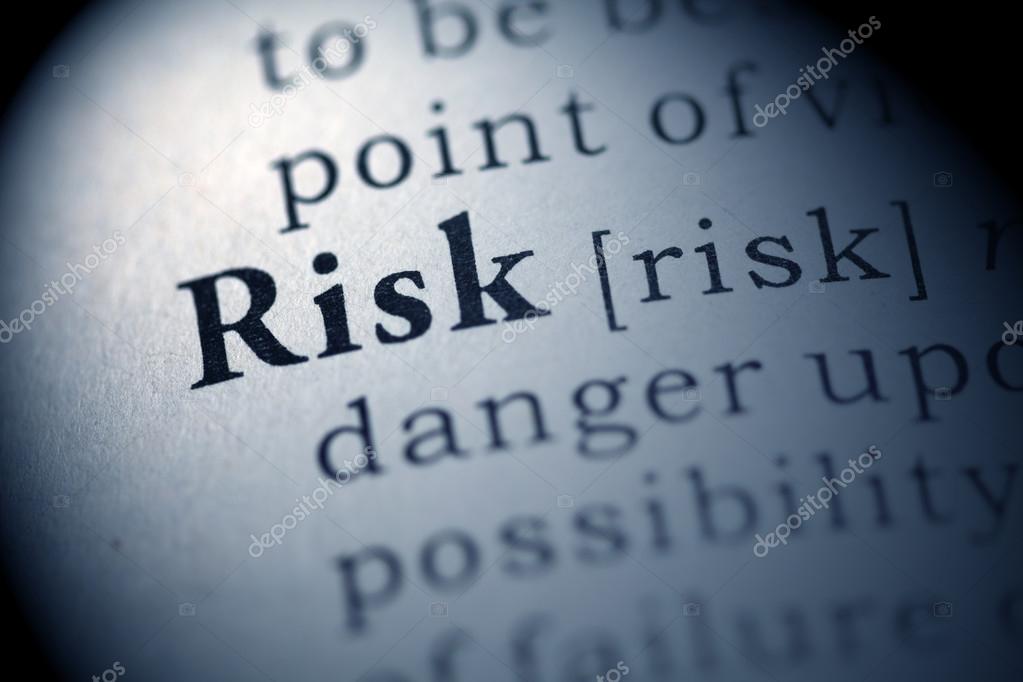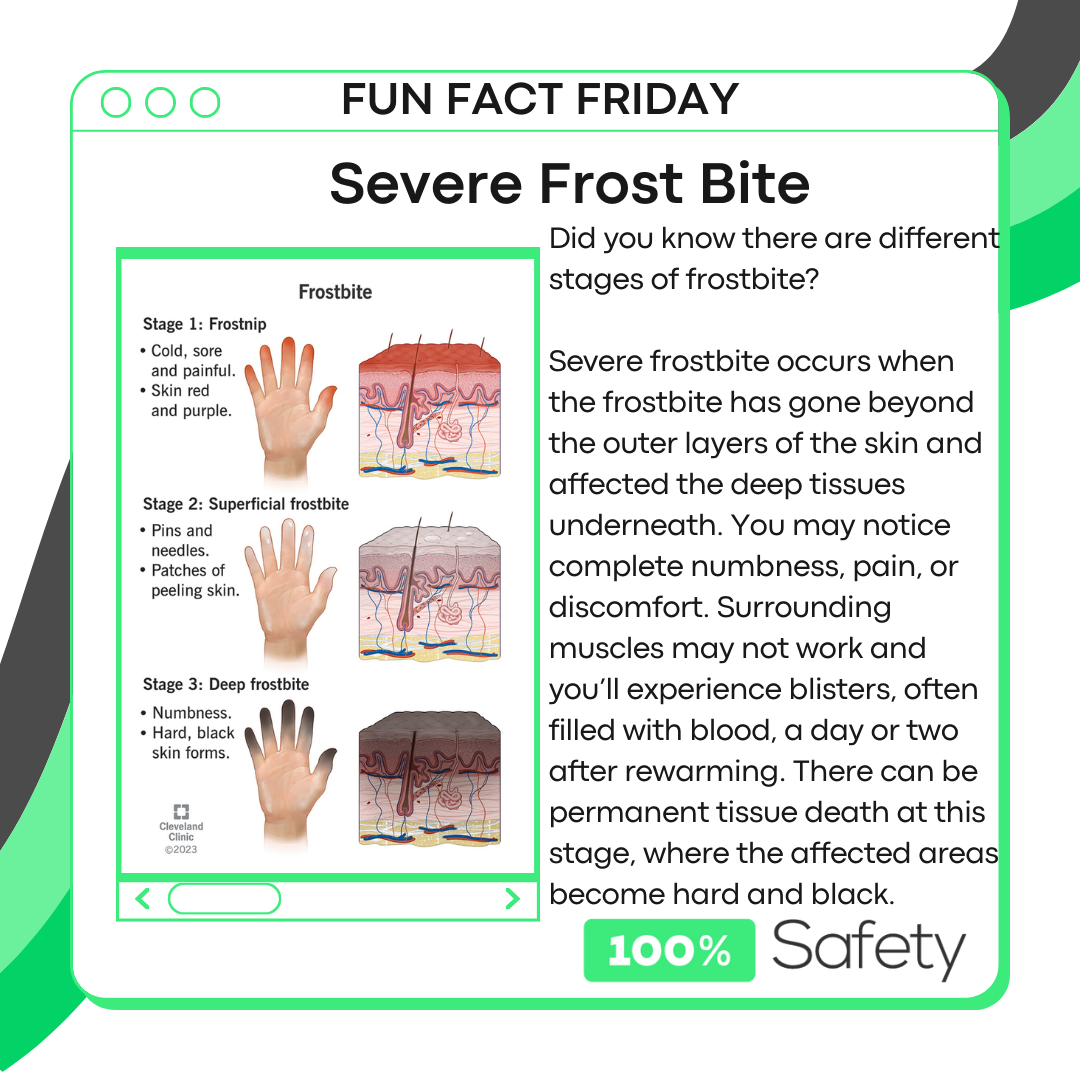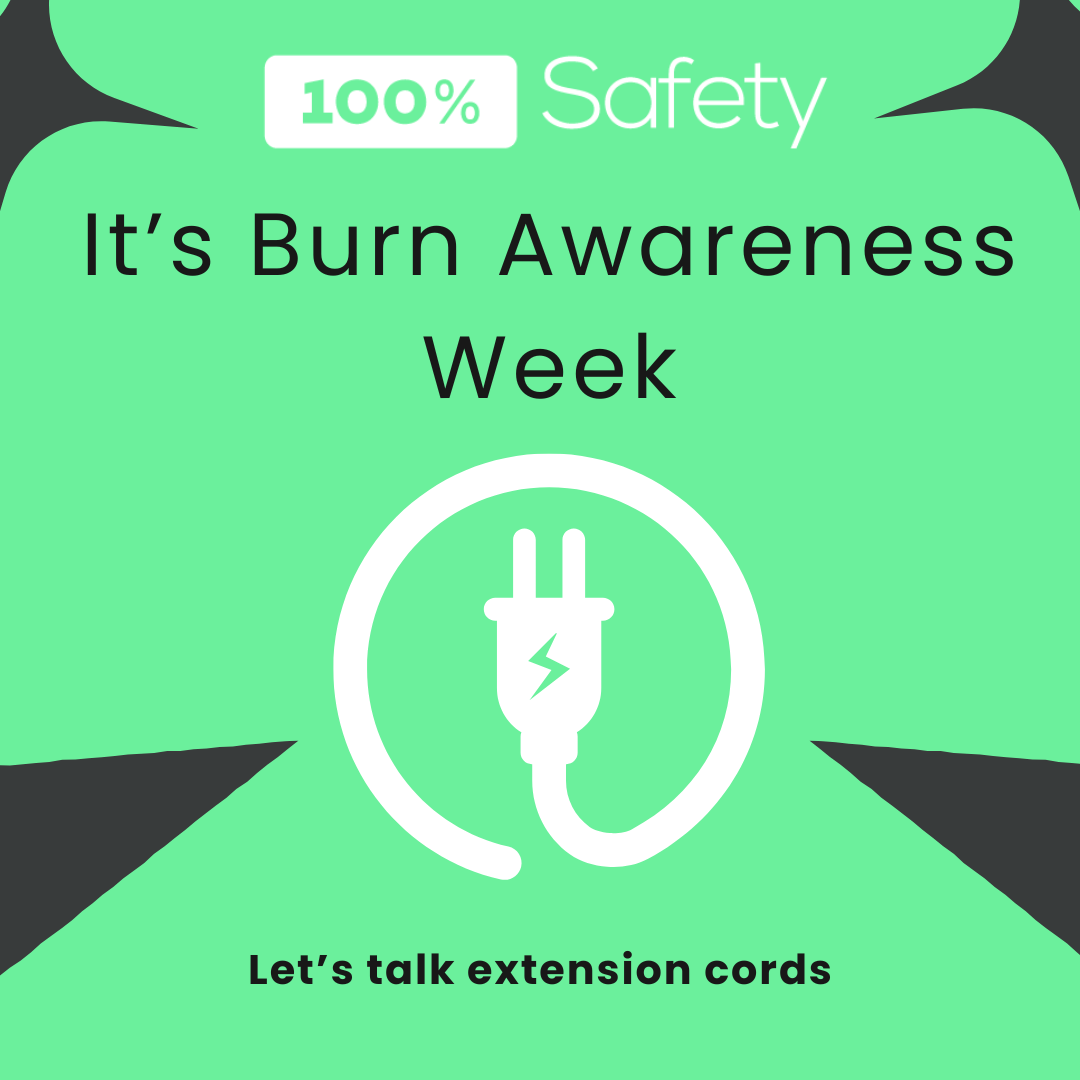
Risk Tolerance – Overestimating Capability or Experience
Health and safety, among other professions, talks a lot about company and individual risk tolerance. This concept has been around for a while, but what does each of the 10 factors mean?
How can we communicate these topics to our workforce at each level to foster learning and acceptance of these factors? And what can be the result of these actions if we dive deeper into some of these factors? Are we putting lives at risk? Jobs? Reputation?
These factors are important to look at within each organization to identify behavioral or systemic issues that we can identify, and hopefully rectify. It’s not always easy, but, as safety professionals, this is what we signed up for.
Overestimating capability or experience
• I work out in the gym – I won’t pull my back.
• I’ve been driving for 40 years, I don’t need a spotter.
• I just worked a 12-hour shift, but it’s only a couple hour drive home, I’ll be fine.
• I text and drive every day, I’ve never had an incident.
When people overestimate their capability or experience, they are more likely to put themselves in harms way, but how do we talk to these people? What will help them understand we aren’t superhuman, and everyone can use a helping hand?
Tips for reducing risk tolerance:
1. Lead by example – if management and supervision, who should have high levels of experience, are seen asking for help, it sets a positive example
2. Talk about it – keep an open dialogue – we can’t understand why some people do certain things if they won’t talk to us.
3. Mentorship and coaching – mentorship doesn’t stop after 90 days on the job. Creating strong teams can help people work better and ask for help when needed.
4. Monitoring – Supervision, safety and management should regularly watch their workforce – intervene when we see unsafe acts. Have those conversations, let your team know you care about their wellbeing.
5. Discuss “what if” scenarios – What if? What’s the worst that could happen? Talk about it. Learning from other’s experiences can sometimes help workers understand how certain behaviors can be devastating.





